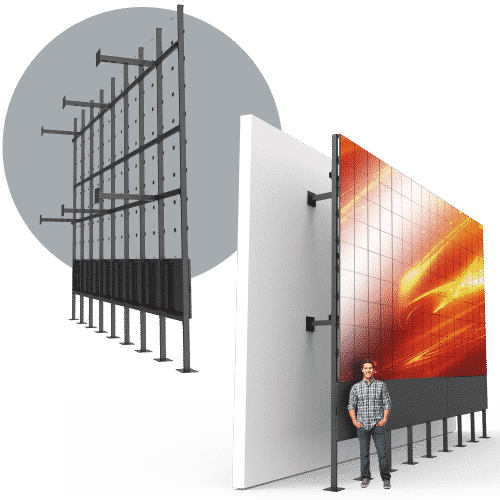Demystifying LED Panel Panel Luminance Evaluations for Optimal Visual Functionality
Demystifying LED Panel Panel Luminance Evaluations for Optimal Visual Functionality
Blog Article
Light Emitting Diode panel screens have become more and more favored across different environments, including residences and commercial spaces as well as communal areas. These panels are known for the vivid as well as dynamic visuals, which render these suitable for conveying information, advertisements, as well as entertainment. However, understanding the brightness levels of LED wall panels is crucial to guaranteeing ideal visual efficacy. Brightness is measured in metrics known as candelas, which indicate how much luminosity produced from the panel. A greater the number of candelas, the brighter brighter the visual is. For instance, example, a screen boasting 1,000 nits is considerably more vivid than one with five hundred candelas, making it better equipped in well-lit environments.
When choosing a Light Emitting Diode panel panel, it is important to consider the setting where that the screen will be placed. For well-lit illumined spaces, like retail environments and outdoor settings, a higher brightness level is necessary to ensure visibility. Conversely, in dimmer settings, like cinemas and meeting spaces, lower diminished illumination rate might be adequate. This is because excessive because unnecessary luminosity within an dim setting may result in viewer discomfort among viewers, making it harder to focus on the screen. Thus, comprehending specific particular requirements for an setup site will aid with selecting a suitable illumination rate for ideal visual experience.
Another crucial factor to consider is contrast differential proportion in the LED wall panel. The contrast ratio indicates how much disparity exists between the brightest brightest white and the dark shade which a screen is able to produce. A greater differential proportion indicates that the display can show greater clarity as well as richness, thereby improves overall image quality. For instance, one screen boasting an contrast ratio of 10,000:1 will show visuals featuring greater vivid colors and crisper features than a with a ratio at 1,000:1. This is especially crucial in instances where displaying images or motion graphics which require high clarity and detail, including slideshows or promotional content.
Additionally, the technology mechanism behind LED wall screens has an crucial role for their brightness and overall efficiency. Different kinds in LED technologies, such as OLED as well as click this link here now Liquid Crystal Display, have unique traits which impact the way brightness is experienced. Organic Light Emitting Diode screens typically offer superior differential and deeper blacks, which may improve a visual experience in darker settings. Conversely, traditional LED panels may be more suitable for well-lit spaces due to the capacity to produce greater amounts in illumination. Comprehending these technological differences will help users in deciding on knowledgeable choices based on specific specific needs.
In conclusion, consistent maintenance and adjustment for LED wall screens may help preserve optimal brightness as well as efficacy over time. Dirt as well as dirt may build up on a screen, impacting its illumination and sharpness in the visual. Regular cleaning as well as professional calibration can ensure the the panel functions at its optimal, providing uniform visual quality. Moreover, some advanced Light Emitting Diode wall panels feature with integrated options that enable users to modify illumination levels as well as hue settings based on their wants. Through taking Find Out More such steps, users can ensure the their Light Emitting Diode wall screens provide the optimal display efficiency, regardless of where setting where which these are used.